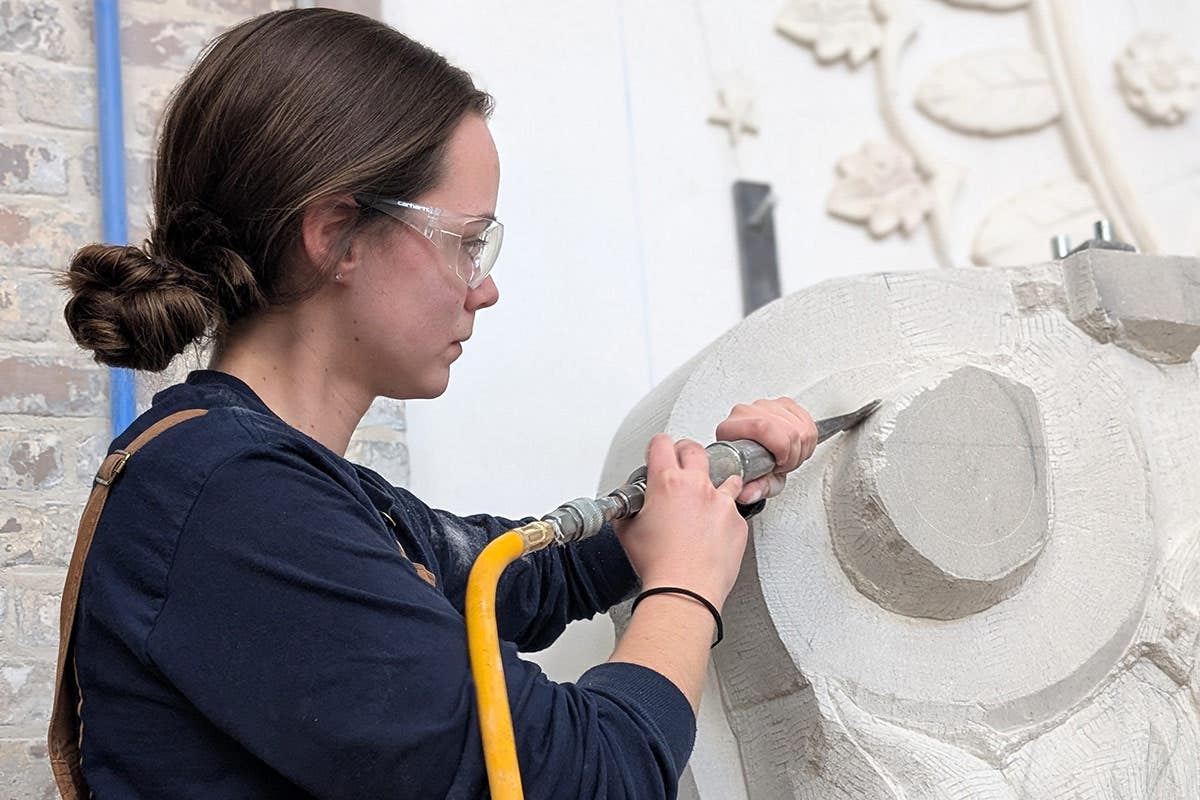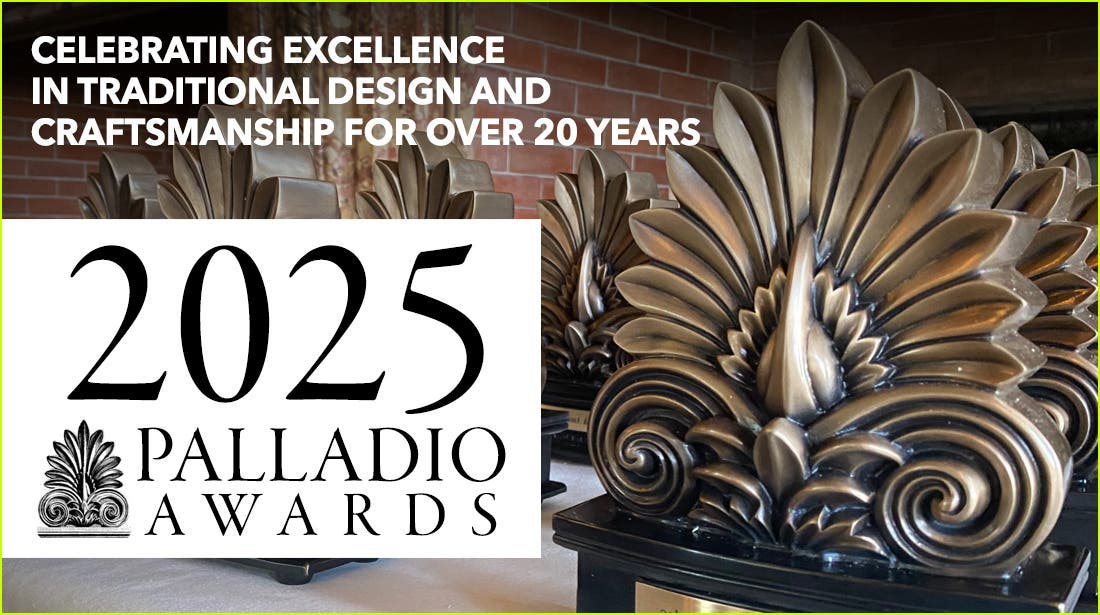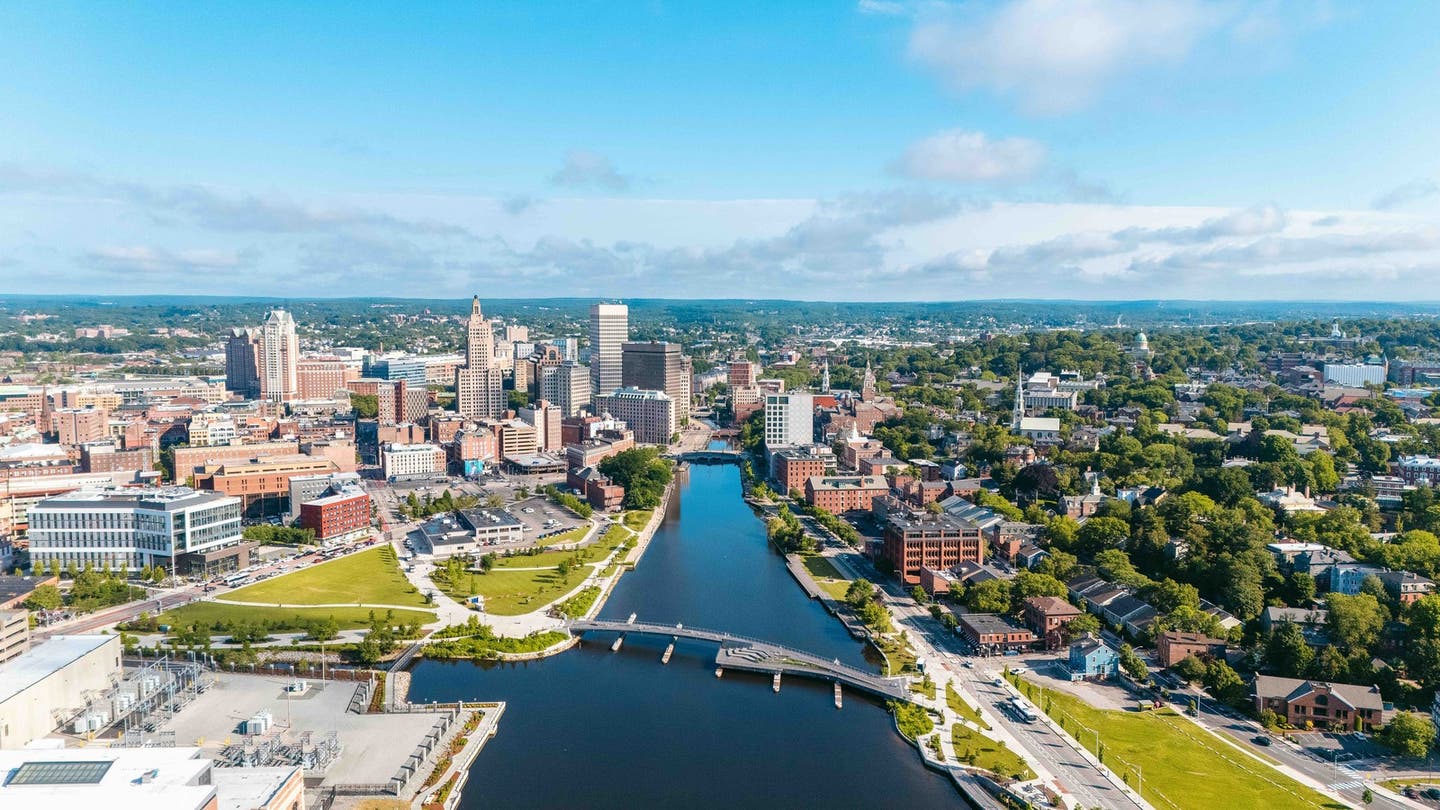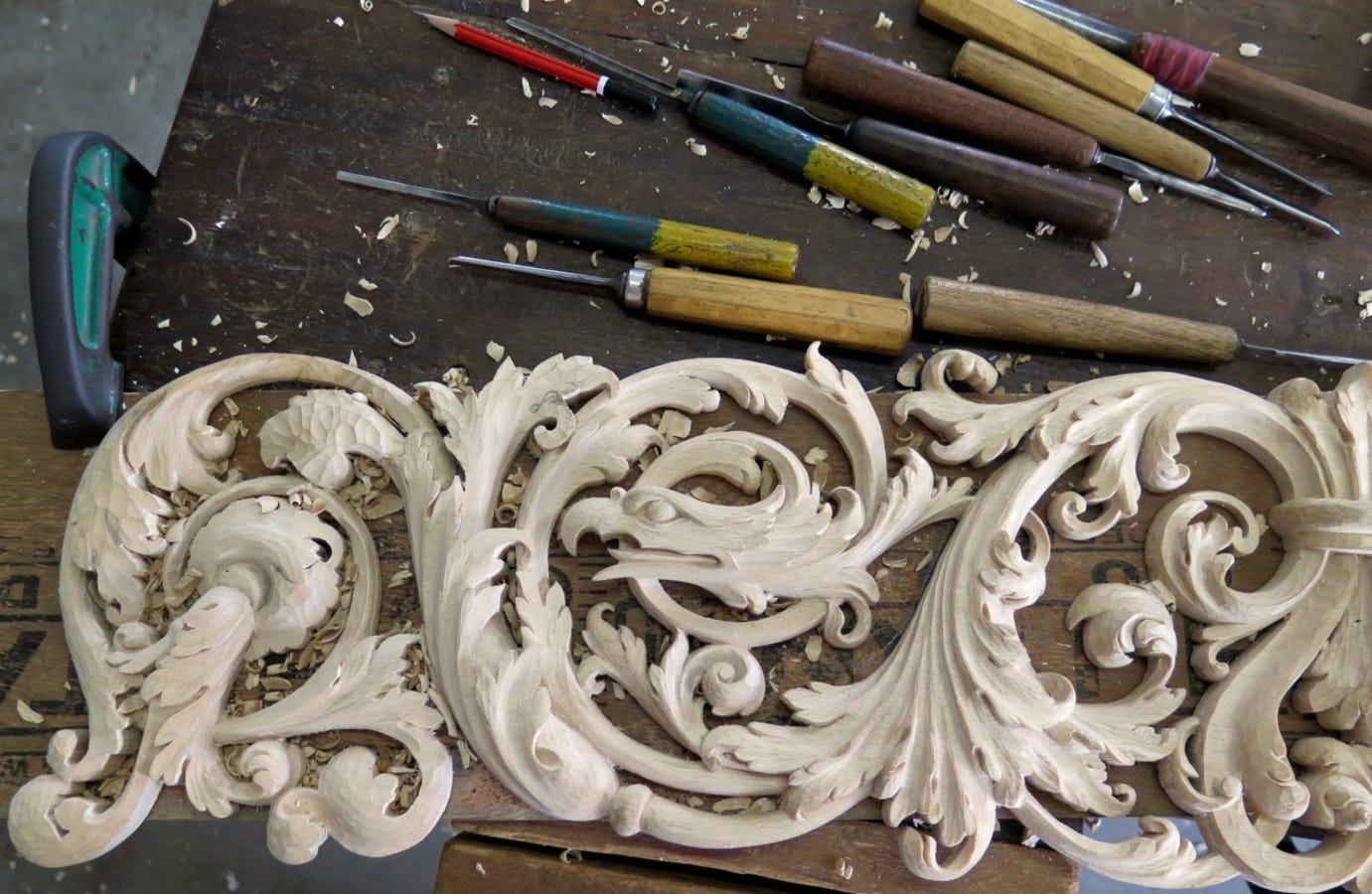
News
Raphael Awards 2023
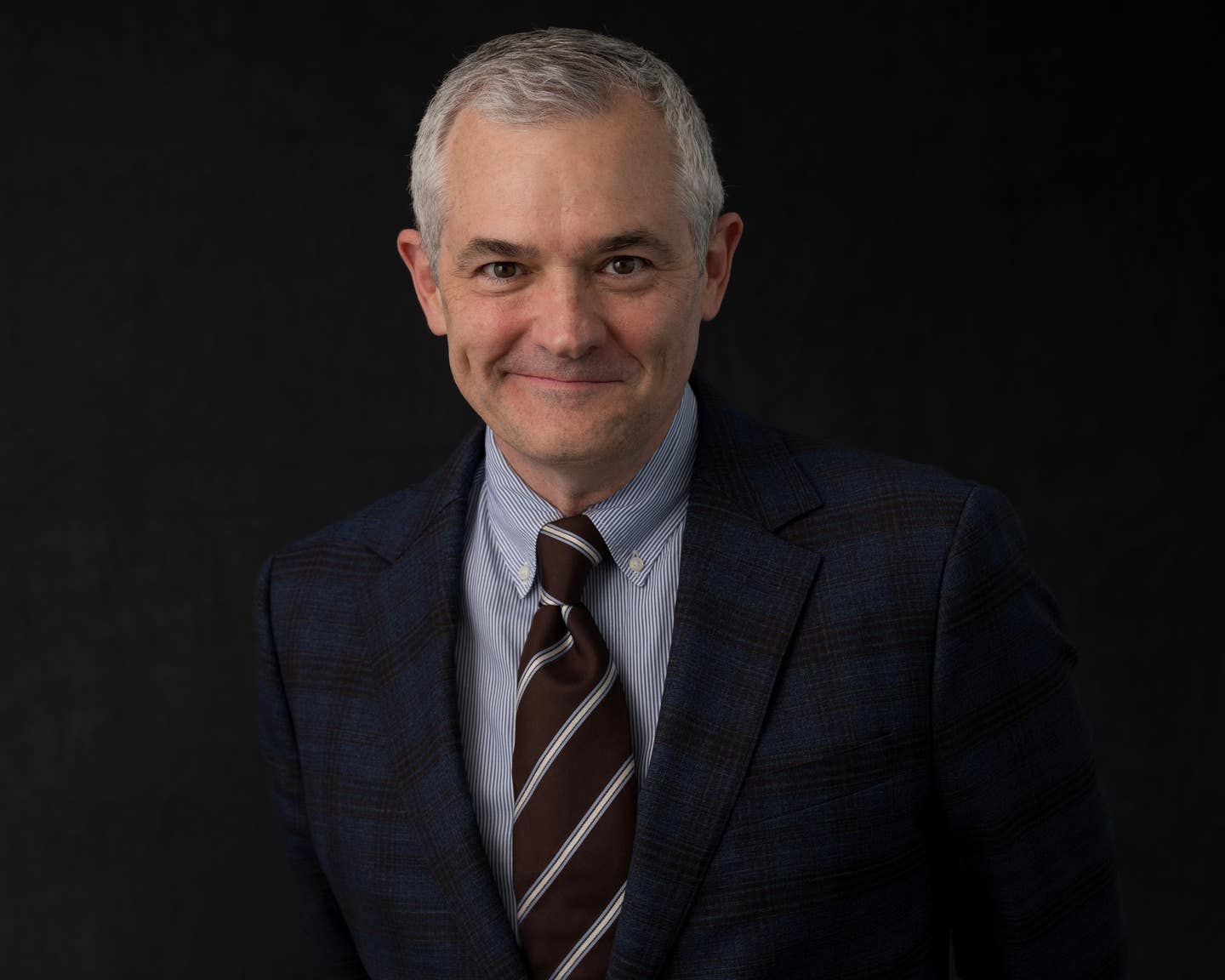

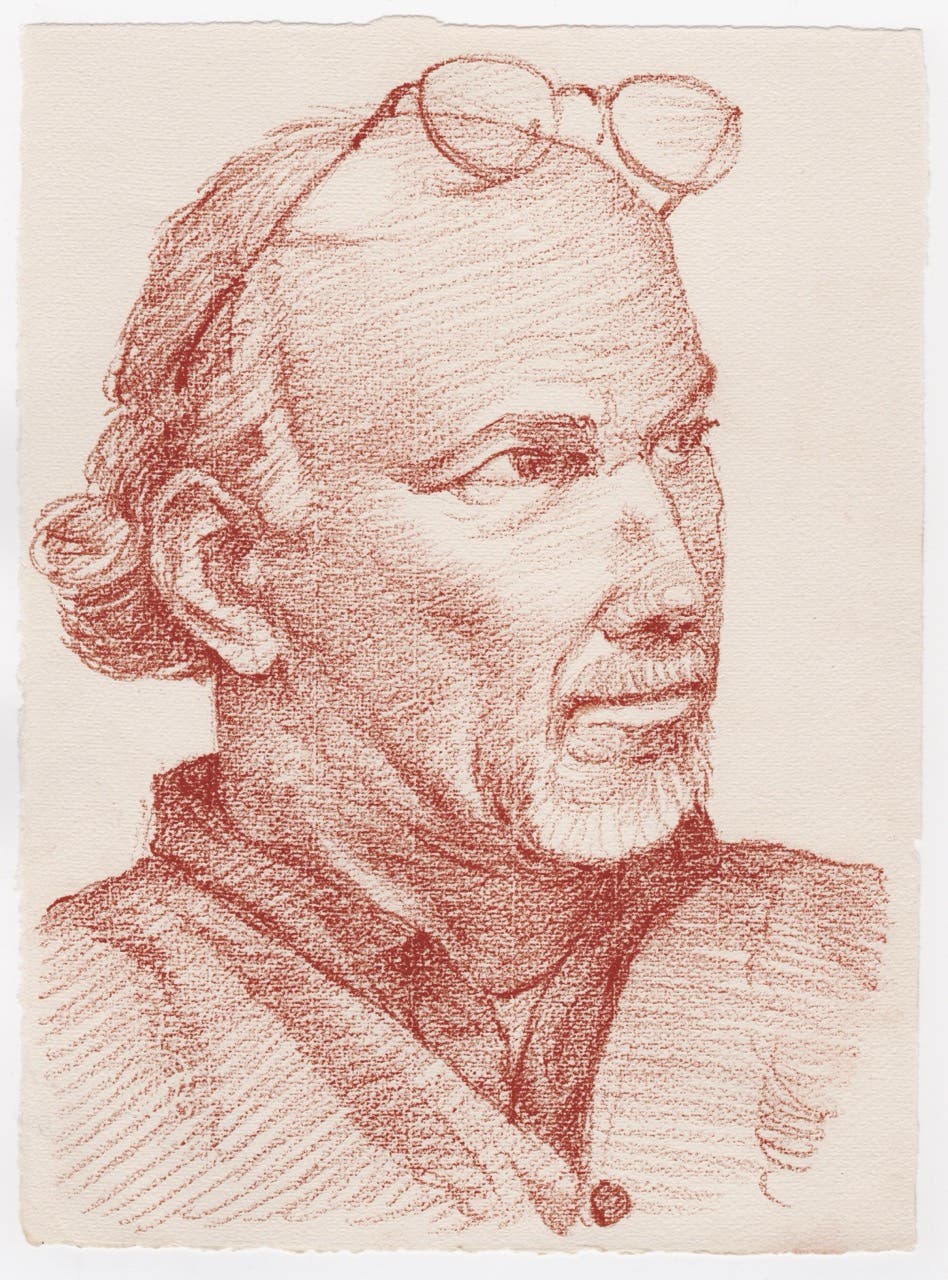
Special thanks to our judges: architect Michael Franck of Michael Franck Architect, architect John Berson of Sawyer|Berson, and artist, designer, and educator David Mayernik. Judging was held in November of 2023.
The work of the seven inaugural recipients of Traditional Buildings’ Raphael Awards represents the best in traditional drawing and painting. The annual award, named for the Italian Renaissance painter and draftsman Raffaello Sanzio da Urbina (1483-1520), seeks to encourage the study of Classical and Neoclassical architecture through the practice of hand drawing.
Stephen Siegle
In this watercolor, educator and architect Stephen Siegle captures the timeless beauty of the Parthenon, the crowning building of Athens’ Acropolis. A proponent of studying Classical architecture, Siegle uses his powers of observation to create hand drawings that analyze and record a building and capture its design, proportions, and atmospheric qualities. As his Parthenon watercolor illustrates, he revels in depicting the influence of light on masterworks of ancient architecture whether they are illuminated by natural daylight or artificial light at night.
Mac White
Michael G. Imber Architects
Mac White’s elevation study of a residence set in the Genesee foothills of the Rocky Mountains presents a perfect pairing where the Richardson Romanesque influences of the East converge with the rustic materiality of the West. The rendering captures the refinement of details of the client’s experience at Stanford University and its main quad, and reflects the rugged characteristics of the site’s natural landscape. White’s artistic approach—blurring lines between Beaux Arts techniques and looser impressionistic qualities that relate to the surroundings—is ideal: The house is nestled in the pine trees, where it seems to grow out of the natural outcroppings.
Devin Kimmel, AIA
Kimmel Studio Architects
For the competition for the National World War I Memorial in Washington, D.C., Devin Kimmel illustrated his design in pencil, a humble, serious, straight-forward medium. The design, which was chosen as one of the final five from over 350 entries, is in a Classical yet non-triumphant style, establishing a space that honors America’s victory while conveying the tragedy of the global conflict. Centered around an ellipse, it features open parks along the east and west axes and melds traditional civic memorialization with cultural and environmental consideration.
Thomas Norman Rajkovich
Thomas Norman Rajkovich Architect Ltd.
In the spirit and tradition of the great view painters of Italy who specialized in urban settings, works that were collected by Grand Tour architects and patrons in the 17th and 18th centuries, Thomas Norman Rajkovich has created a hand drawing of an imaginary city. One of a series, the work, which is intended to evoke the linework of 17th- and 18th-century etchings, is pure invention, yet the richness of the Classical language allows the composition to appear at once varied and unified, familiar and new.
Christian Sottile
Sottile & Sottile
Using chiaroscuro and the gentle qualities of soft graphite, Christian Sottile reinforces his memories of the Uffizi Courtyard in Florence and the Piazza San Pietro in Rome in a collection of drawings of some of his favorite places. Sottile, who grew up in Florence, sees—and puts on paper—universal themes of place-making that echo through time and space. In each of his drawings, the welcoming embrace of a spatial enclosure is highlighted along with complementary elements to activate that space. In the case of the Uffizi Courtyard, the tower of Palazzo Vecchio rises confidently and is framed carefully by Giorgio Vasari’s exterior courtyard. His drawing of Gian Lorenzo Bernini’s colonnade in Piazza San Pietro creates a space to surround the Egyptian obelisk placed by Domenico Fontana and Pope Sixtus V of the previous generation.
Michael McCann
RAMSA
One of the world’s foremost architectural watercolor concept artists, Michael McCann created this rendering of an aerial view of a proposed expansion of the iconic International Tennis Hall of Fame in Newport, Rhode Island. The 1880 Newport Casino with its Horseshoe Piazza by McKim, Mead & White, among the most influential early examples of the Shingle Style in America, has been the home of the International Tennis Hall of Fame since 1954. The new design envisioned in McCann’s emotionally evocative watercolor features a new tennis center, an indoor tennis center, and three new tennis courts, all of which carry forward the historical architectural character of the original historic buildings.
Jacob Albert
ART Architects
To imprint subjects in his memory in a more indelible way than snapping a photograph, Jacob Albert makes sketches. The drawings in this collection were made during trips with fellow travelers who were sketching. Sequestered in a tranquil courtyard adjacent to a corner of the massive medieval church of Santa Croce, the Pazzi Chapel in Florence, in Albert’s ink sketch, evokes in its delicate, miniature manner the triumphal arches of ancient Rome (shown here). His ink sketch of Ponte Vecchio in Florence, where shops hang off the sides of the bridge like saddlebags, gives prominent play to the strong horizontal roofline of the Corridoio Vasariano leading from the Palazzo Vecchio to the Palazzo Pitti. And his ink sketch of the Partal Palace and garden in the Alhambra frames picturesque, paradisical views. Additional sketches are online.



